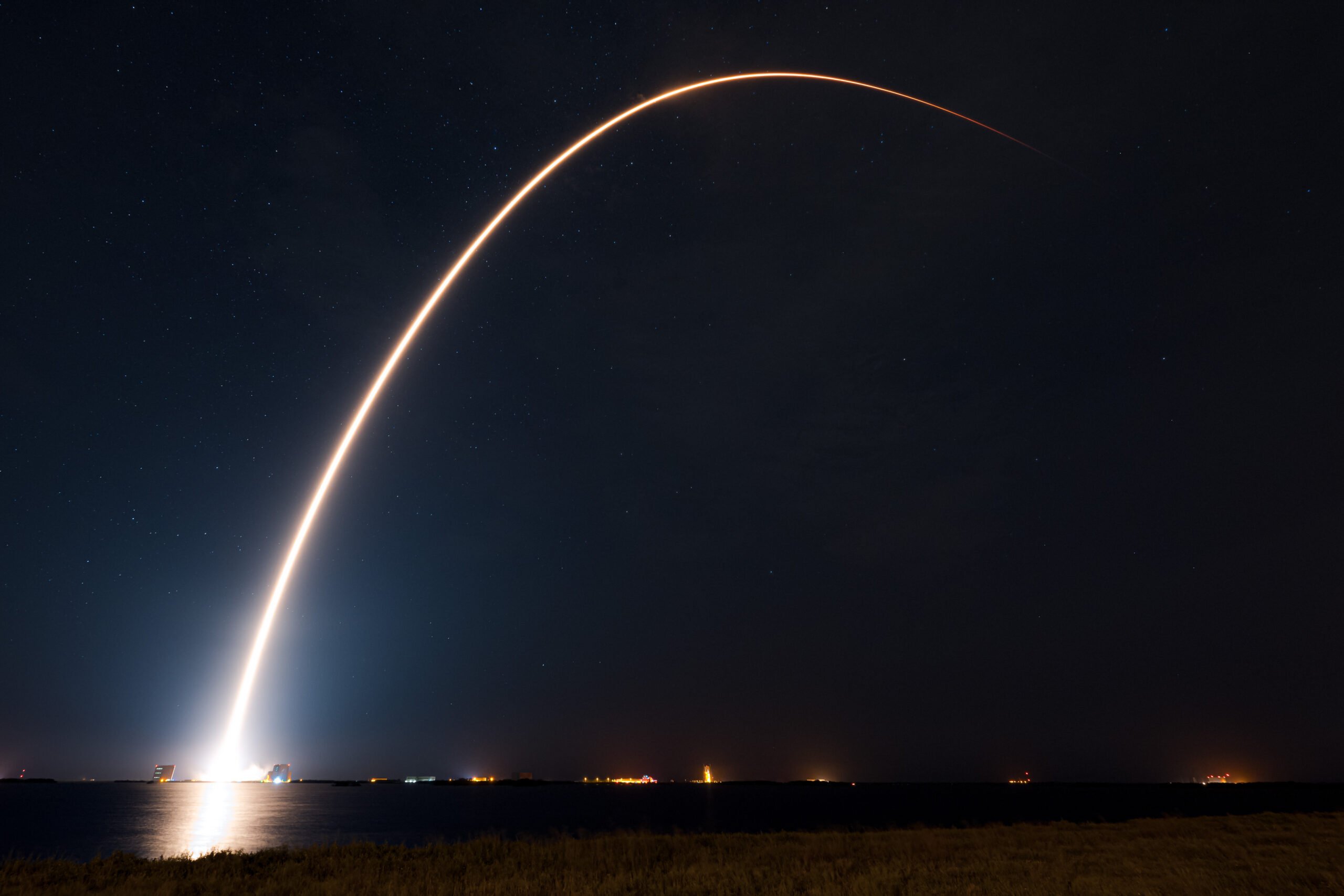
A SpaceX rocket delivered 22 SpaceX Starlink “V2 Mini” satellites into orbit.
The Falcon 9 launched from the Space Force Station at Cape Canaveral in Florida on Monday at 8 a.m. Kyiv time. 8.5 minutes after launch, the booster successfully landed on the deck of a ship in the Atlantic Ocean for the sixteenth time, which is a new record for SpaceX’s rocket reuse.
Falcon 9 launches 22 @Starlink satellites from SLC-40 in Florida pic.twitter.com/SuI8gc9zWv
– SpaceX (@SpaceX) July 10, 2023
Meanwhile, the Falcon 9 upper stage delivered 22 V2 Mini satellites into orbit, a new and more powerful version of the satellites that are larger than the previous iteration of Starlink (Falcon 9 can hold about 50 of them) but smaller than the 1.25-ton V2.
“The V2 mini incorporates key technologies – such as more powerful phased array antennas and the use of electronic band for backhaul – that will allow Starlink to provide approximately 4 times the capacity of previous iterations,” SpaceX said on Twitter.
The Falcon 9 first stage, which flew on Monday morning, was last launched in December 2022. Among its 15 previous flights is Demo-2, SpaceX’s first crewed mission that sent two NASA astronauts to the International Space Station in 2020.
Another Falcon 9 first stage was marked by 15 flights, while the rest were launched about 14 times each. Starship, the most powerful rocket in history, promises even more achievements when it eventually reaches space. Both of its stages will be able to fly several times in one day, said SpaceX founder and CEO Elon Musk.
The previous attempt to launch on April 20 was generally successful. The rocket successfully launched from the pad (although several of the 33 engines failed one after another), passed the Max-Q moment of maximum aerodynamic drag, and almost reached the stage of stage separation. At the third minute, the Starship, at an altitude of about 38 kilometers, began to circle uncontrollably in the upper atmosphere and was eventually blown up by the command from the control center.
The second attempt is likely to take place in 5 weeks. The team made more than 1,000 updates to the rocket’s design, including major changes to the process of separating the two stages and improvements to the propulsion system; the launch pad was also strengthened to withstand the ignition of 33 main engines.

